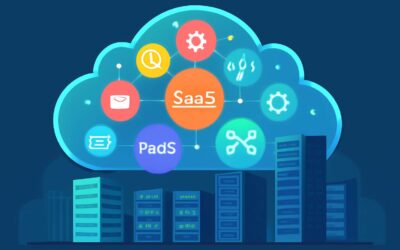Google Cloud Platform (GCP) is one of the three biggest cloud providers alongside Amazon Web Services and Microsoft Azure. GCP enables businesses to harness advanced technology to improve their operations, products and services. The platform offers a host of features including computing, storage, and more. The platform also provides a host of management tools that allow users to control and manage their applications and infrastructure. With these features, it’s no wonder that GCP is a favorite amongst many businesses across the world.
Like any other cloud provider, GCP has its fair share of competitors. Nevertheless, Google’s unique position allows it to differentiate itself with scale, reliability and brand familiarity. Moreover, it has a unique niche in the market, catering to small- and medium-sized enterprises who don’t have their own data center assets and lack the resources and expertise for infrastructure scaling and management.
The platform is well-equipped with an impressive arsenal of technology that enables business to create, deploy, and run containers, databases, big data processing applications, analytics, machine learning algorithms, and more. In addition, it also offers an expansive portfolio of cloud storage options ranging from cost-competitive Nearline to scalable object and file storage.
Aside from these offerings, the platform is well-equipped with a host of development and integration tools. For instance, it has a suite of APIs for integrating cloud apps with external systems and mobile devices. It also has an extensive library of SDKs, libraries, templates, and other programming tools to facilitate application development. Furthermore, it supports multiple programming languages and has a large developer community.
Another unique offering is its centralized data management service, called Data Sheets. This enables developers to view all their available data in one place, and it provides a variety of analysis tools for discovering trends in the data. In addition, it also enables developers to create automated workflows by combining multiple APIs into a single command.
For those who prefer working at the command line, the gcloud CLI is a popular option. This tool enables users to perform most Google Cloud tasks in a terminal window. It is particularly useful for managing development workflow and deploying applications using Compute Engine virtual machines.
Users can use Google’s pricing calculator to estimate their monthly usage charges. However, it is important to note that these calculators only give a broad overview and are not accurate for every application. In reality, the actual costs for each resource depend on a number of factors.
For instance, egress fees are charged for moving your data to and from other servers or server regions. Meanwhile, operation fees are charged for executing commands on your stored data. Hence, it is essential to carefully examine your application’s requirements before you select a particular service plan. Fortunately, Google’s pricing model is fairly transparent and offers substantial discounts for users who commit to certain plans for one or more years in advance. This includes the Committed Use and Sustained Usage discount programs.


0 Comments